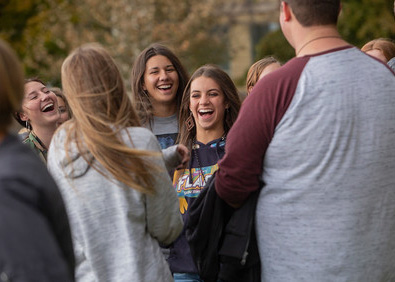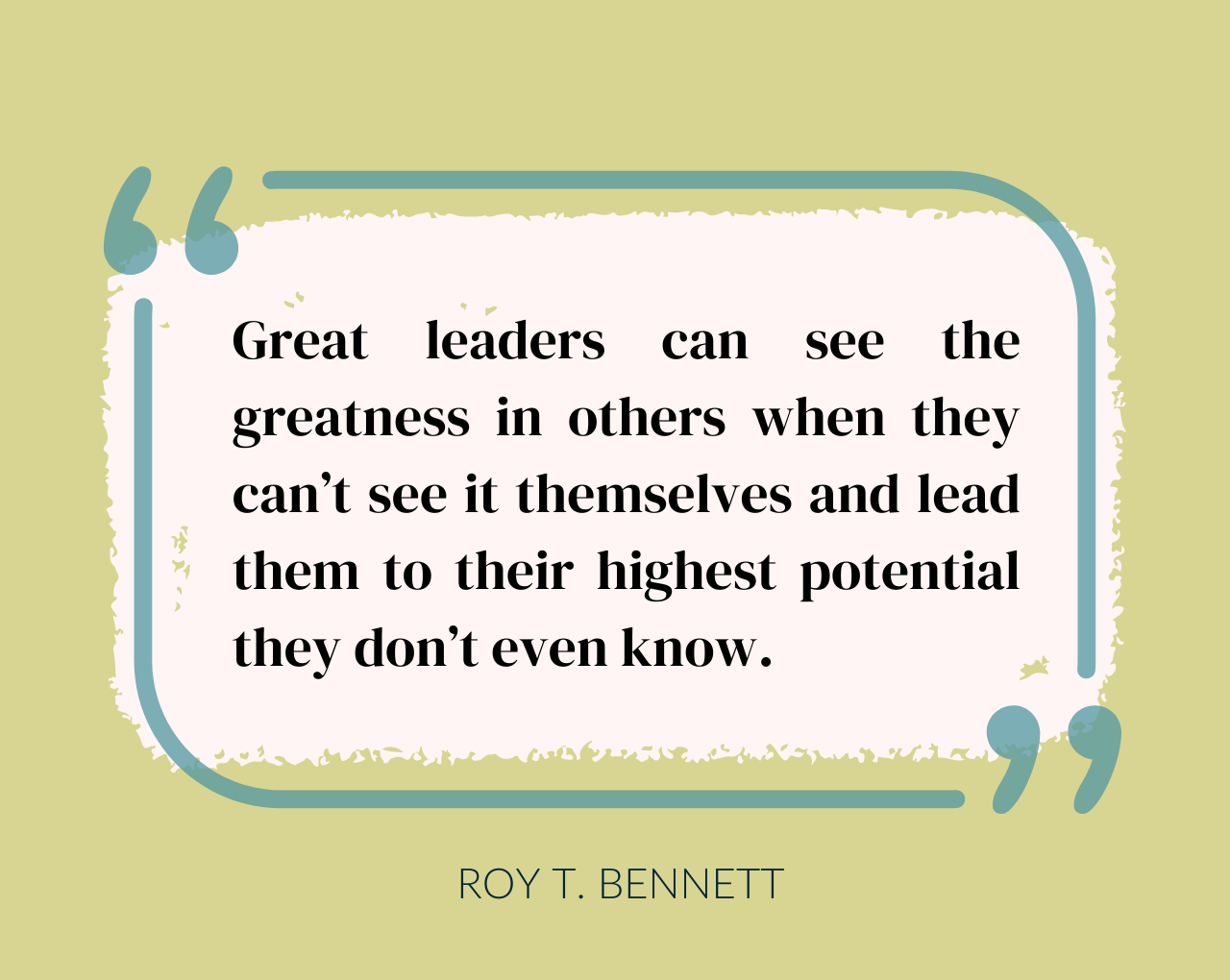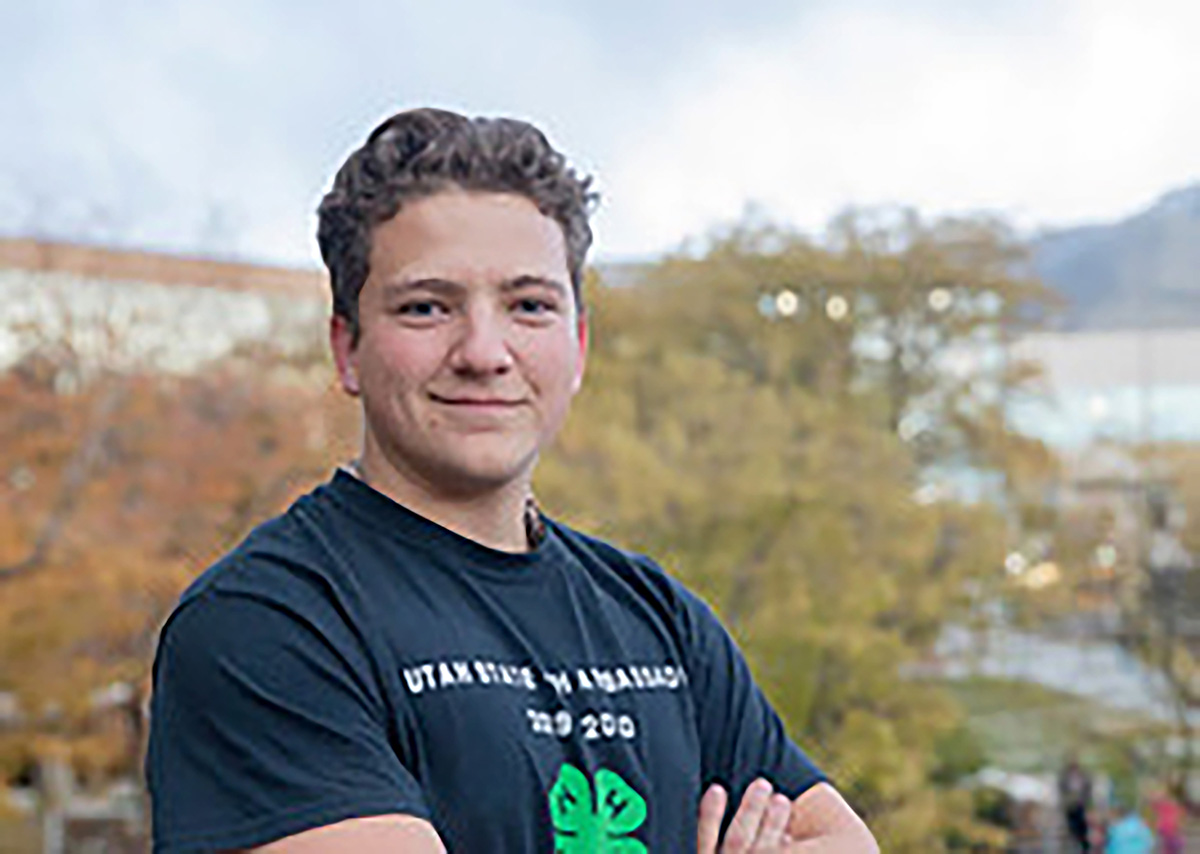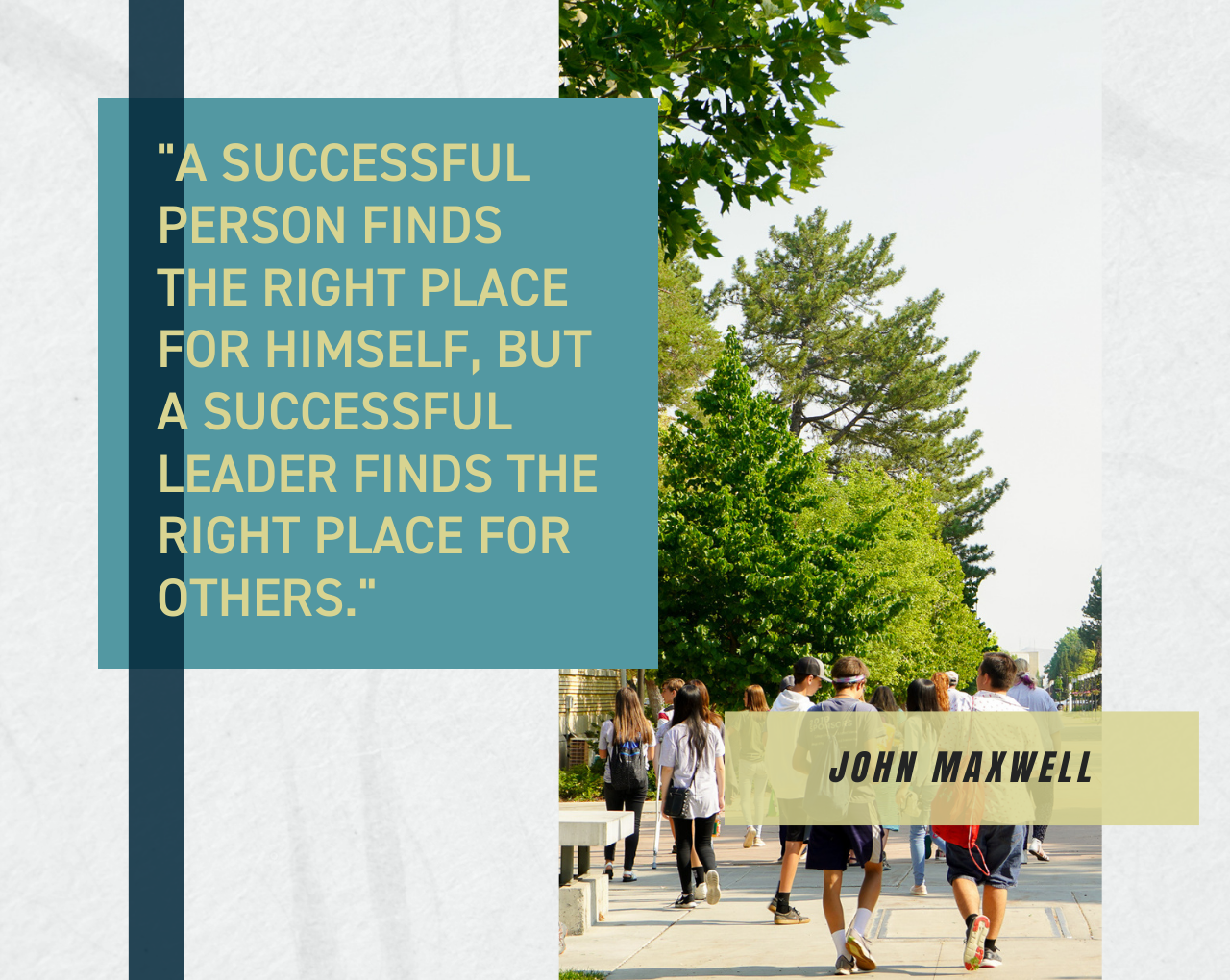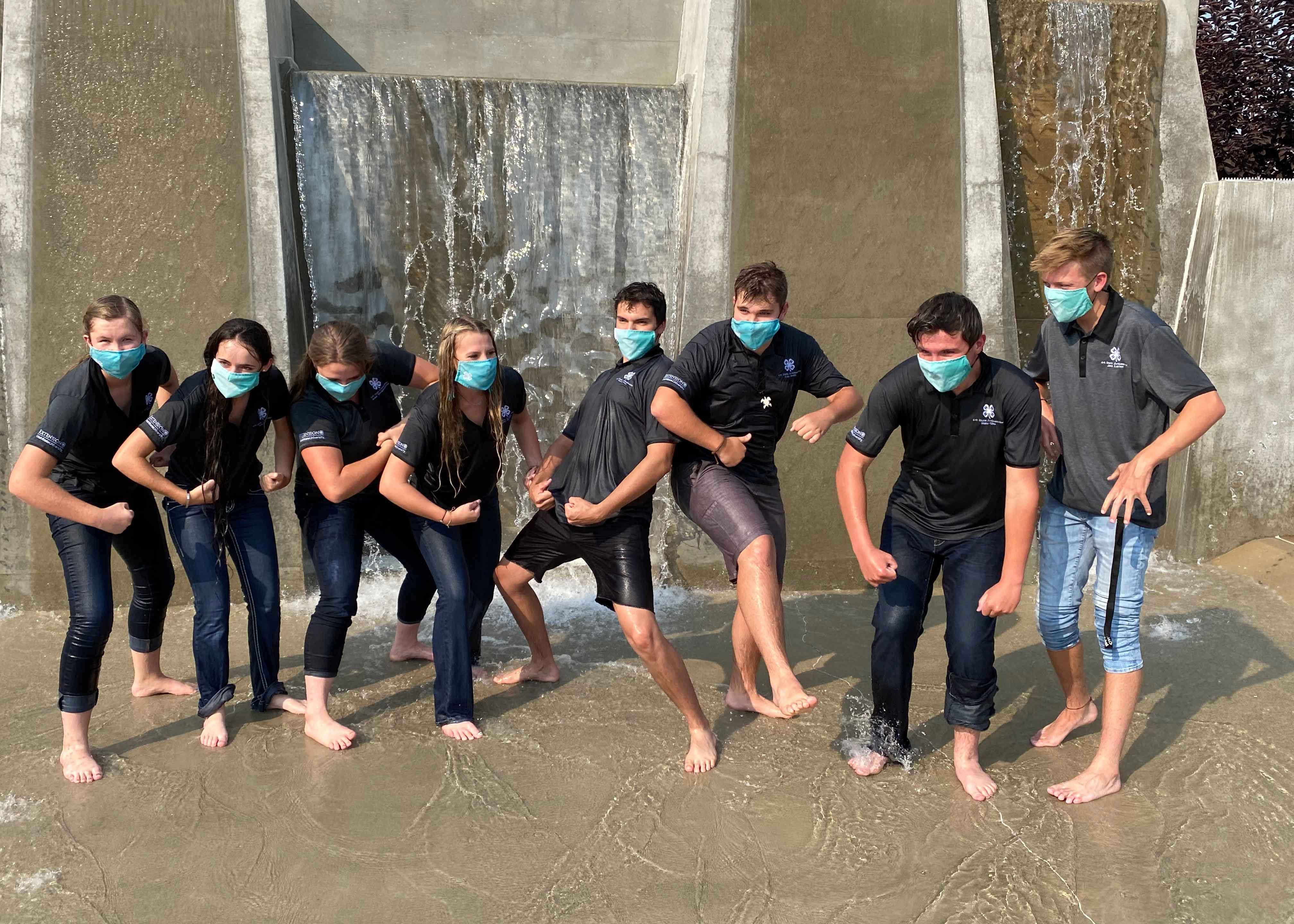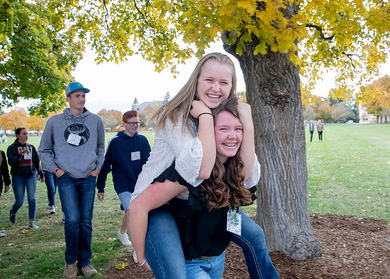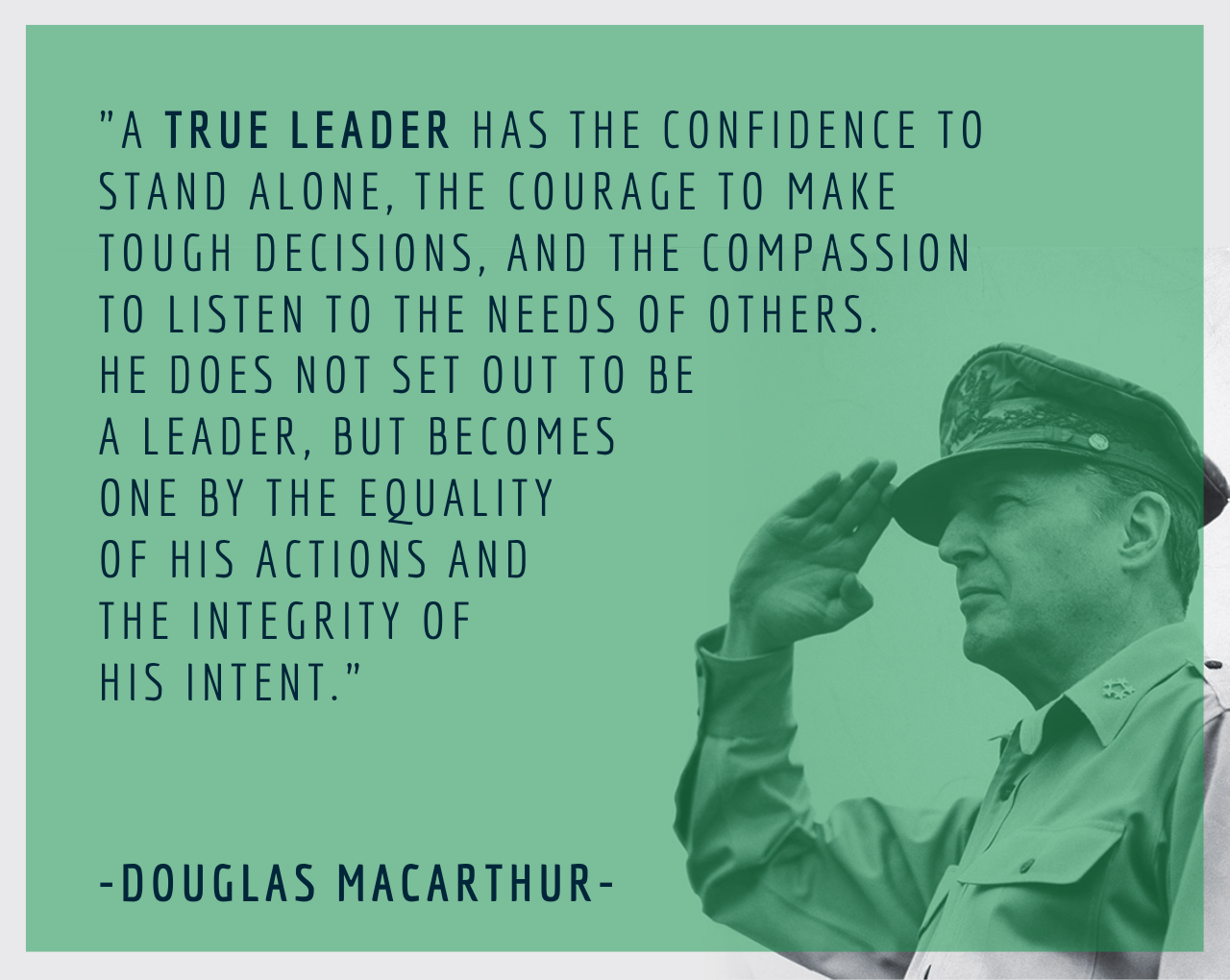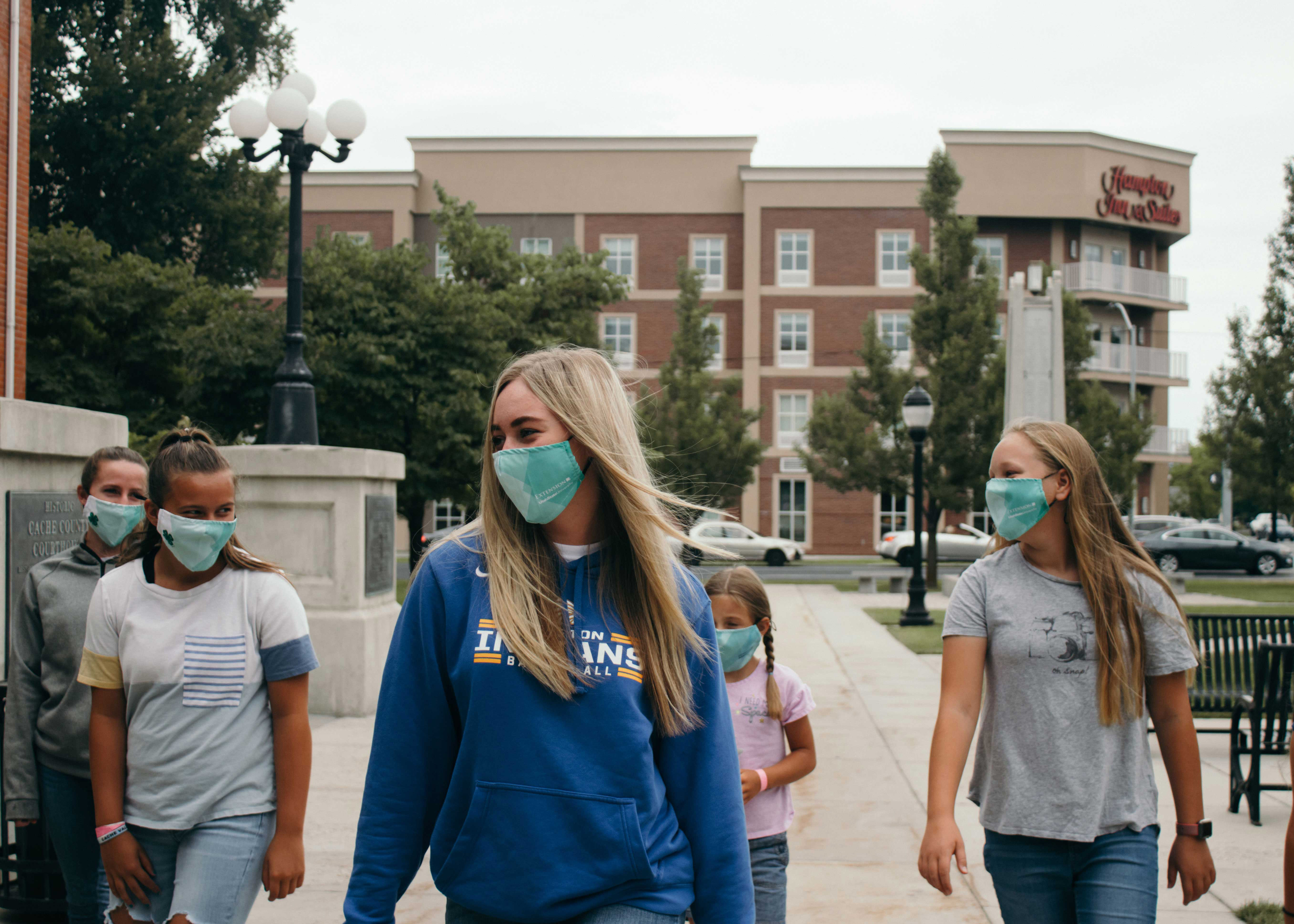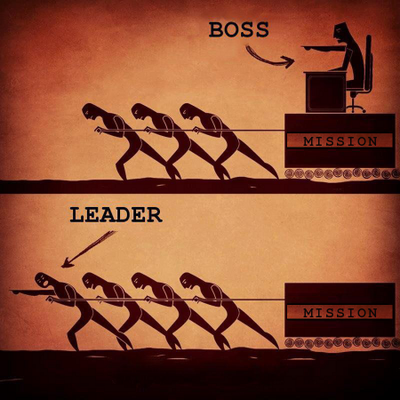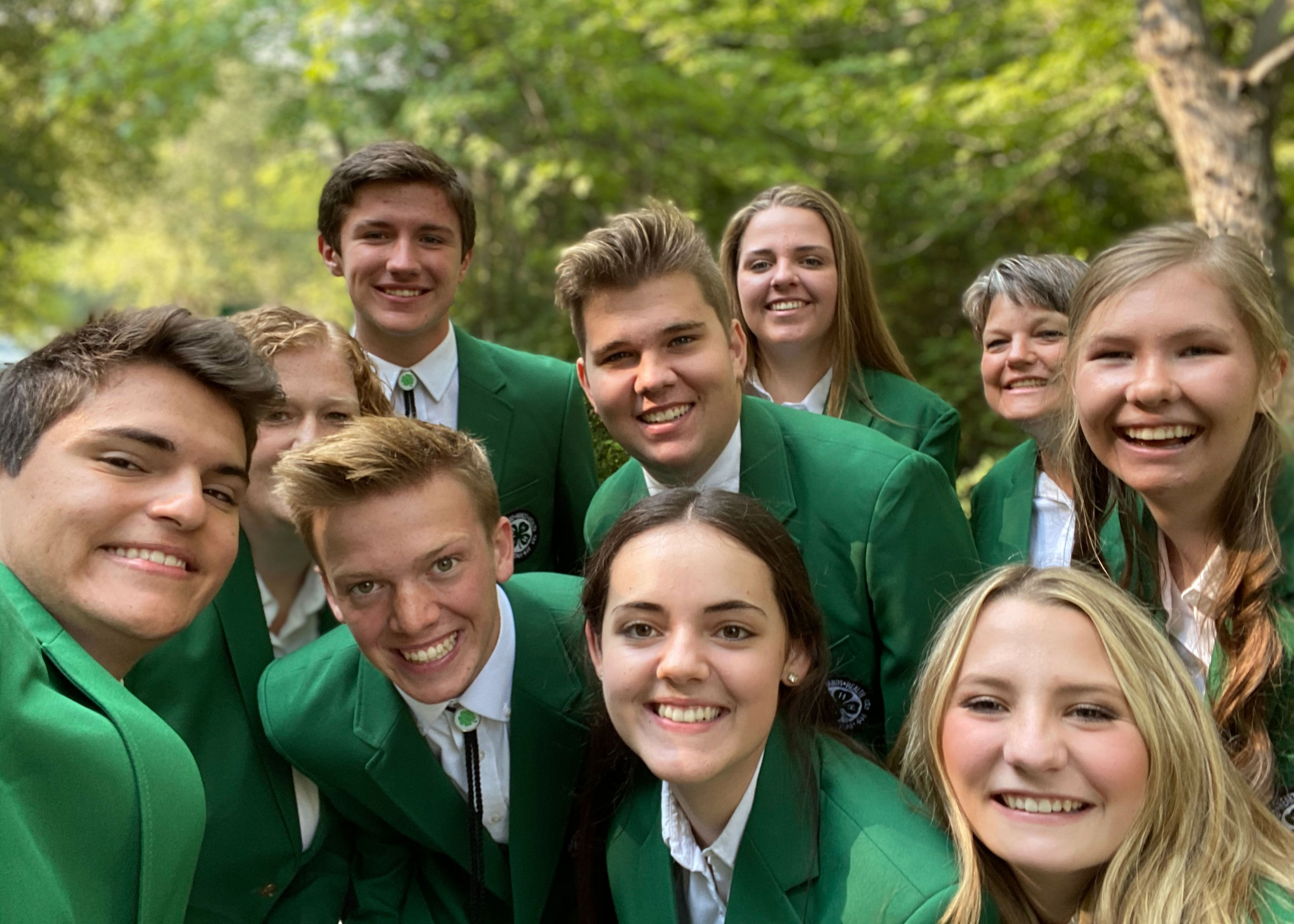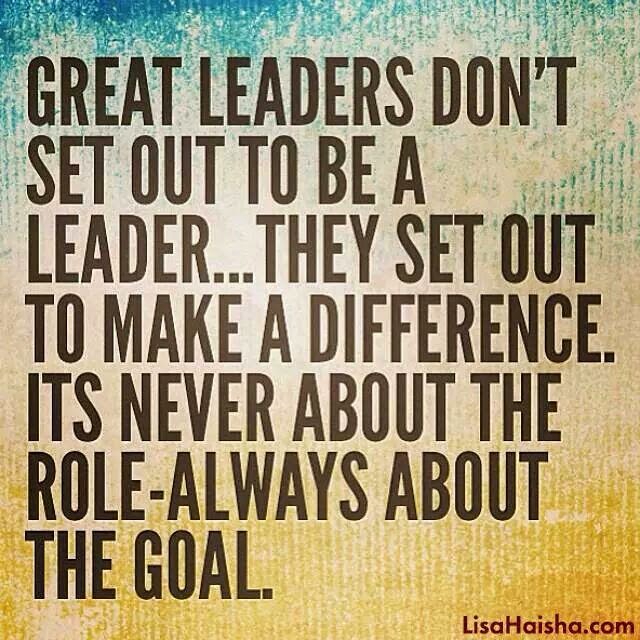Program Areas
Youth Leadership Development
Our communities, our nation, and the world needs leaders. Leaders for tomorrow, and yes, leaders for today. In 4-H we don’t only teach youth about how to be leaders someday. Youth in 4-H are placed in meaningful leadership roles today and are surrounded with positive and caring adults to help. Youth have the creativity, connectivity and availability to make a difference now. 4-H leadership helps to empower youth by giving them the opportunities to further develop and use those skills to impact the community for good.
Leadership Resources
Why Youth Leadership?
When people are asked to picture a leader, more often than not, they picture adults. It is true that adult leaders are influencing those around them and changing the world, however, recently there has been a bigger push for youth leadership and there are many reasons why.
Youth are the next generation of leaders.
The youth today will be the leaders of tomorrow. Helping youth develop leadership skills and take on leadership positions now will give them the skills and confidence to continue leading throughout their life. Great youth leaders grow up into great adult leaders.
Youth have the ability to learn.
Learning is more effective while you are young. Youth allows the learner to better retain and integrate basic skills into their lives. It is important to train youth to become leaders because they have the best chance to learn. They are filled with unlimited potential, creativity, and a less biased perspective that allows them to develop the skills to become the leaders the world so desperately needs.
Youth can make a difference now.
Youth are impacting the world around them right now. While it is important to help youth prepare to be leaders tomorrow, young leaders can make just as much, if not more, impact today. Youth with access to social media and other platforms are becoming a larger voice in local and world discussions (See Malala Yousafzai, Melati and Isabel Wijsen, 4-H youth voices). Through this they are learning they can make a difference now.
Tips for Getting Youth Involved in Leadership:
- Let youth implement and lead projects they are passionate about! Most youth are inherently driven and when you let them get involved in what matters most to them, then they put forth their whole effort.
- Leadership teams need meaningful opportunities for connection and fun! Youth thrive on connection and are more motivated to lead and follow through when they have that connection and support from those around them.
- Youth need to lead youth. When a young person sees the leadership and skill of another young person it can inspire them into leadership, whereas an adult may not have that same impact.
- Give youth responsibility and things to be accountable for. It is extra difficult for youth to step in and lead if adults do everything for them. Treat youth as any other adult volunteer. Give them all the support and help that they need but let them fulfill responsibilities on their own.
Youth Voice
What is Youth Voice?
Youth voice includes the ideas, opinions, perspectives, initiatives and actions of young people. In an adult-driven society, actions must be taken to incorporate more youth perspectives into our communities.
Empowering Youth Voice
There are a variety of ways to empower youth voice, both for adults and youth in 4-H. When incorporating youth voice it is important to be creative and to adjust as you learn, but here are some ideas to get you started.
Youth can build youth voice by…
- Speaking up! If you have something to say, don’t let it go unheard.
- Committing time and energy to service and leadership
- Asking questions to seek out guidance and support
- Encouraging and involving other young people
- Taking responsibility seriously
Adults can build youth voice by…
- Involving young people in the decision making process right from the beginning
- Being willing to learn from young people, and really listen to their opinions and perspective
- Including as many young people as possible
- Providing youth with information, training and support in order to succeed
- Scheduling meetings at times when youth can participate (after school, not too late at night)
Youth Voice in Action
- Clubs should elect youth to club officer positions. This helps youth feel empowered to take on leadership roles within their club.
- Meetings with club officers should occur before or after each club meeting. Youth and adult volunteers together discuss club goals and what is going well in the club and what needs improvement. They also work to plan upcoming club meetings.
- Youth in a club should choose, plan and implement the activities their club participates in. For each activity clubs should make it clear what each person is responsible for. Adult volunteers follow up with youth to answer questions they have, and ensure they have the support and materials they need to implement their plans. It is important for adult volunteers to also reflect with youth afterwards on how activities went, and give direction for improvement if needed.
- Youth should have opportunities to serve in a variety of leadership positions at the county level. They may serve as project ambassadors, on teen councils, or lead as TRY Teams.
- Youth meet frequently to set and implement goals that impact positive change and expand and improve the 4-H program in their county. Adult volunteers let youth work towards goals that are their own ideas and encourage them and offer needed guidance along the way, so that their goals may actually be realized.
- Youth should lead other youth in the county. Instead of using adult staff and volunteers to run events, camps, and activities consider assigning youth to take charge and serve as needed.
- Youth should be informed about and encouraged to apply to the variety of state 4-H leadership opportunities. Adults who personally invite young individuals to try for more leadership opportunities help build some of the most motivated and empowered young leaders.
- State 4-H events and activities should be planned by teams of both youth and adults. Youth should always be considered as one of the first resources in planning and implementing 4-H events at the state level.
- Youth leaders at the state level should set and implement their own goals on how to improve and expand 4-H programs and leadership throughout the state. Adults work with youth and support them so that their vision may be realized.
Effective Leadership
What Does Leadership Look Like?
- A leader has vision. Leaders have a clearly defined vision and set the goals to get there. They set their own goals and plans with how they want to lead and they have a vision of how to help others.
- A leader is confident. Leaders know what they are capable of and have the courage to use their skills and act. They surround themselves with people who inspire confidence within them, and work to build confidence in all who they interact with.
- A leader focuses on the group. Leaders are guided by the needs and wishes of the group. As a member of the group, leaders still have an equal say, however, sometimes they must temporarily put aside their own views and preferences for the good of the group.
- A leader is responsible. Leaders live up to their word and potential. Whenever they make a promise or a commitment they do all they can to keep it. A responsible leader takes initiative and understands the responsibility of working with others and managing themselves.
- A leader is cooperative. Leaders know how to work with others. They understand when to lead, and when to step back and be a follower. They put effort into working with others and enjoy doing so.
- A leader has creativity. Leaders bring their own creative ideas to the table. They think about new ways to do things and aren’t afraid to challenge something they think they need to improve.
- A leader is prepared. Leaders set aside time to prepare for things in advance. A well prepared leader does all they can ahead of time to practice and prepare but is also flexible and can adjust to any possible changes.
See more ideas on what leadership looks like in the 4-H Youth Leadership Handbook-1.4 What Does Leadership Look Like?
Utah 4-H Leadership Events
Utah 4-H Leadership Structure
These four leadership opportunities should exist at the County and the State level, however, they can be tailored to fit a county’s needs.
| Club Operations |
Project Area |
Planning and Teaching |
Leadership Team |
||
|---|---|---|---|---|---|
| County | Club Members and Officers In 4-H clubs, members and officers have the opportunity to explore leadership. Many clubs will elect a president or a presidency, or may even rotate leadership from meeting to meeting. Club members often have many opportunities to teach lessons and mentor other 4-H youth. All of these experiences help youth develop an interest in and explore leadership. |
Project Ambassadors This program is designed to help outstanding teen 4-H members develop leadership and public relations skills while promoting their chosen 4-H project area. They promote projects with potential members, parents and the general public. They may teach or mentor at workshops, clinics, camps or other gatherings or help conduct 4-H project events or contests. |
TRY Teams TRY stands for Teens Reaching Youth. Youth in 7th-12th grade are trained as leaders who then form a dedicated team to teach a curriculum to younger youth or their peers. It has been found that youth respond better to instruction when it comes from other youth. The youth teaching in turn develop leadership skills and personal mastery. |
Camp Counselor | Youth/Teen Council Teen council is a premiere leadership opportunity for youth ages 13-19 in 4-H. Their main role is to plan and implement events and camps, create service learning opportunities, and become better leaders. Teen councils also work to promote 4-H, train other leaders (e.g. club officers), and use knowledge and skills to set and meet goals for 4-H in their county. |
| State | Youth/Teen Council | State Project Ambassadors | Region Ambassadors State Region Ambassadors serve in either the Northern or Southern Region of Utah. This program offers youth the opportunity to gain leadership and social skills, provide them with the tools needed to act and make a difference now, to become a role model for positive change in their communities, and engage and mentor other 4-Hers on a regional level. |
Design Team | State Ambassadors A 4-H State Ambassador is an official envoy, an authorized representative of our Utah 4-H program. Each 4-H State Ambassador is a self motivated, enthusiastic leader who promotes 4-H using their skills, knowledge and leadership abilities acquired in 4-H with fellow members, area residents, community leaders, elected officials and non 4-H youth. A 4-H State Ambassador serves to strengthen the 4-H program through public relations. |
Listed below are some links to other websites or documents containing leadership lessons or curriculum to assist you throughout all of 4-H leadership.
- Utah 4-H Youth Leadership Handbook- Section 4:Youth Leadership Toolbox
- http://www.enetlearning.org/wp-content/uploads/2015/05/10minuteleadershiplessons.pdf
- https://www.ohio4h.org/books-and-resources/design-team-curriculum/teen-leadership-20
- http://gillespie.agrilife.org/files/2013/02/Putting-the-Pieces-Together.pdf
Youth Leadership Resources
There are so many resources out there when it comes to youth leadership! Here are just a few to get you started!
- Utah 4-H Youth Leadership Handbook
- https://www.playmeo.com/
- https://www.playmeo.com/facilitatortips/
- https://teensciencecafe.org/resources/leadership-building-exercises-for-youth/
- https://careerprocanada.ca/top-ten-tips-for-working-with-youth/
- https://higherlogicdownload.s3.amazonaws.com/ASTC/00e37246-8bd9-481f-900c-ad9d6b6b3393/UploadedImages/Ladder_of_Participation_1.pdf
Utah 4-H youth leaders...
|
More Leadership Opportunities in Utah 4-H:
For more information pertaining to Utah 4-H Youth Leadership Development in your area,
contact your local County Extension Office
Vernon Parent | Leadership and Civics Specialist | vernon.parent@usu.edu


 Staff Resources
Staff Resources